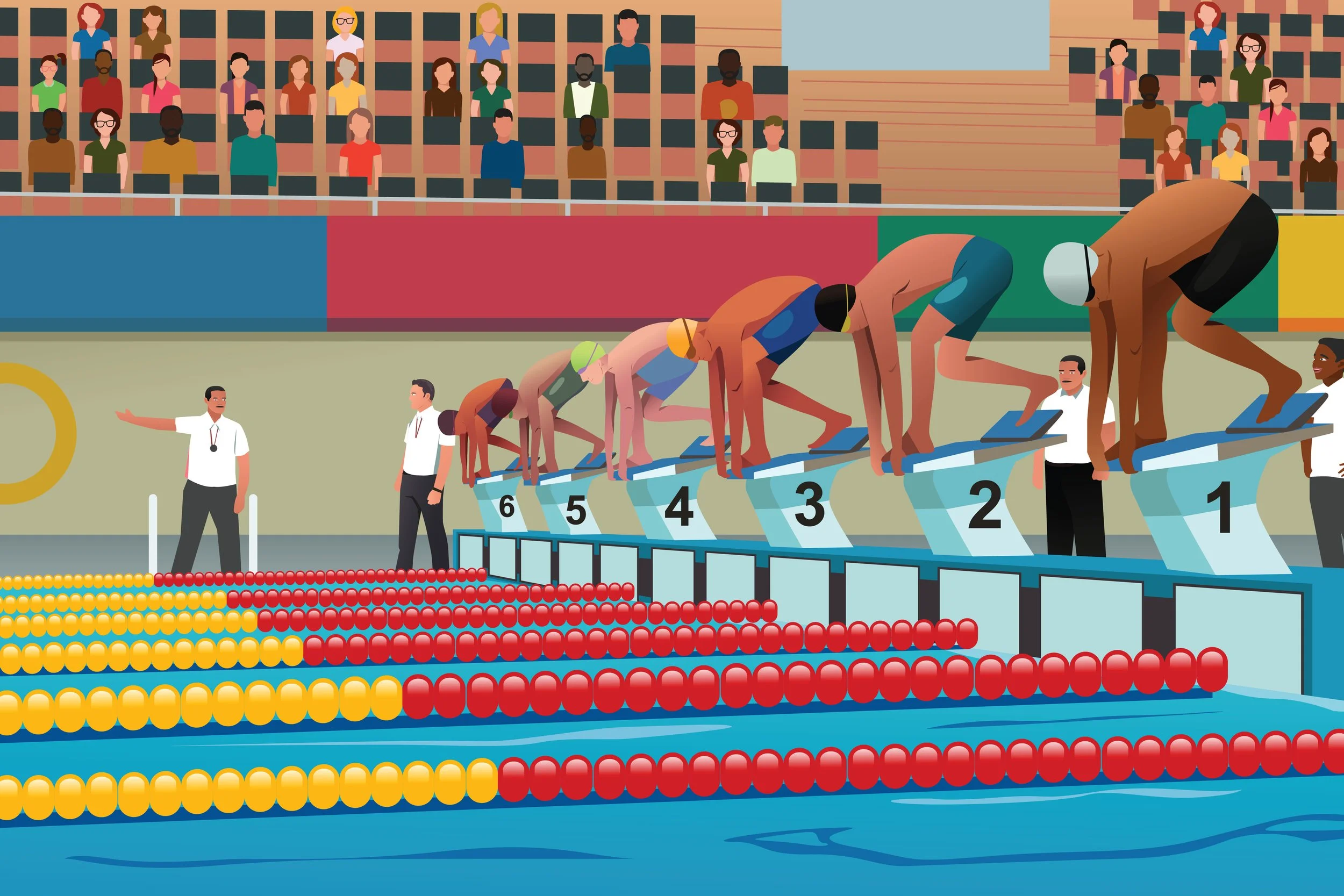Seven Features of Experiential Learning
We teachers know that a learner who is directly involved in their learning encodes strong memories. Additionally, we recognise that numerous situations lend themselves to experiential learning. Learning to swim, for instance. I’ve yet to meet anyone who learned to swim by reading about it. You’ve got to take the plunge and experience swimming.
Workshop skills using tools require hands-on experience — direct involvement in the activity, preferably in an authentic setting.
To reap the best benefits of experiential learning, learners should be active participants, not just passive recipients of information. Students can shape their learning in this way. A passive recipient of a lecture presentation will retain little of the information.
Reflection and analysis are crucial for extracting meaning and integrating new knowledge. Books or videos that show swimming styles are helpful here, especially when used after experiencing the technique. It is essential to reflect critically rather than passively observe.
Applying knowledge and skills in practical contexts refines understanding. In Australia, we prioritise teaching students to swim because many of us live near bodies of water. This leads to the development of lifelong skills.
Which, in turn, leads to increased motivation and engagement. Some of my students who struggled with reading found their engagement increased when high school presented opportunities for using it more.
They had to transfer their reading skills to new situations in the workshop, the kitchens, the performance stage, the art room, the farm plot, and the drafting room.

